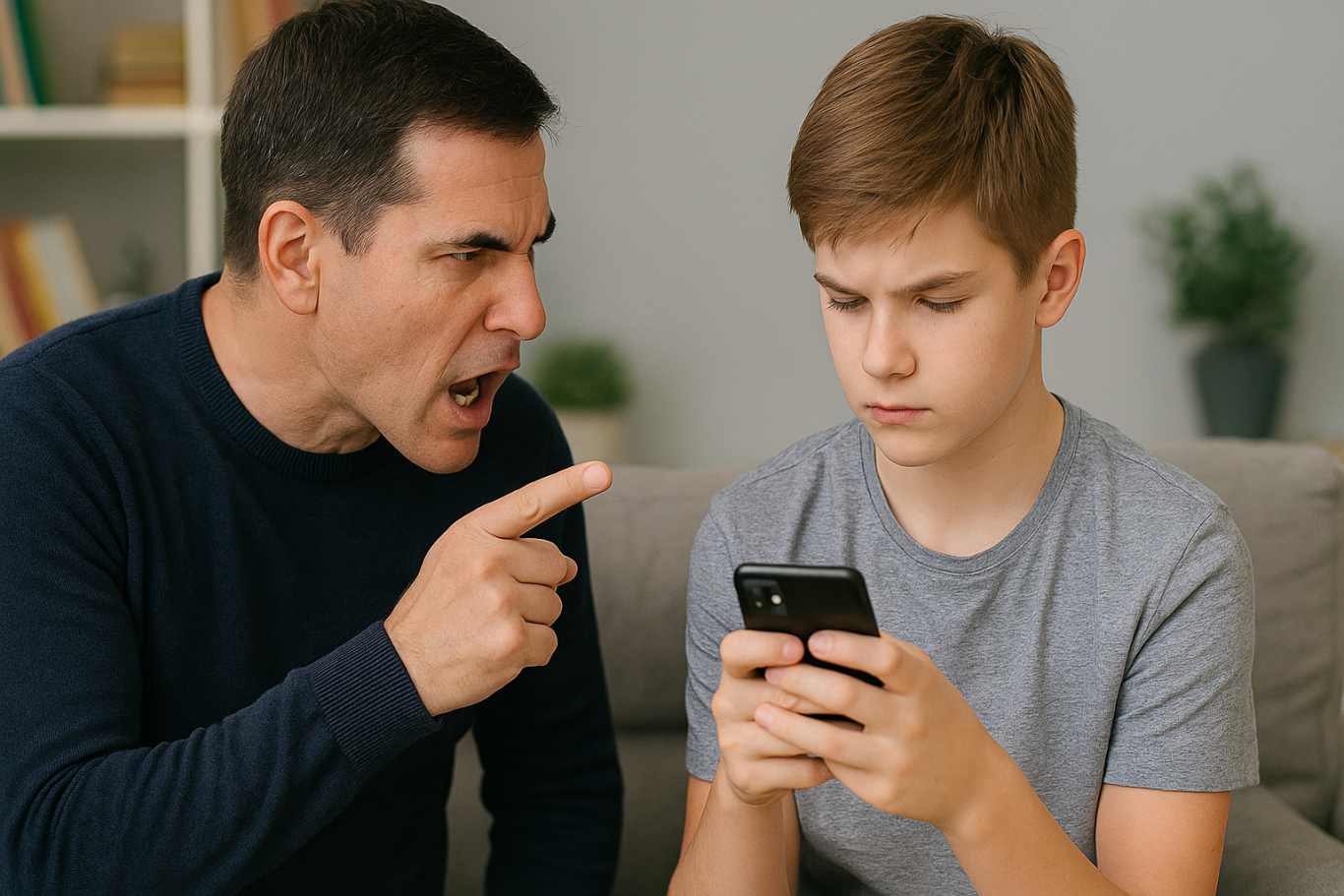Authoritarian Parenting vs Gentle Parenting: Weighing Parenting Styles for Children in 2025
As society evolves, so do parenting trends both in Indonesia and worldwide. While authoritarian parenting was once the standard, gentle parenting is now gaining popularity among many modern families. The debate about authoritarian parenting vs gentle parenting raises an important question: which approach is more effective for shaping a child’s character in today’s digital age?
This article explores the core differences between authoritarian parenting and gentle parenting, discusses the strengths and weaknesses of each, and offers guidance on how parents can choose or even blend these approaches to best suit their children and family needs.
What is Authoritarian Parenting?
Authoritarian parenting is rooted in traditional values where discipline, obedience, and clear hierarchy are emphasized within the family. Parents take on a leadership role that is to be respected, while children are expected to follow rules and instructions with minimal negotiation. This style is characterized by strict rules, consequences for disobedience, and one-way communication, where the child’s opinion often holds little weight.
Key features include:
- Non-negotiable rules set by parents
- Punishments or consequences for breaking rules
- Limited space for children to express their opinions
- A strong focus on achievement, independence, and resilience
Gentle Parenting: A Contrasting Approach
On the other hand, gentle parenting centers on empathy, open communication, and emotional support. Parents act as guides and companions rather than strict authority figures. Gentle parenting encourages children to be confident, expressive, and emotionally intelligent.
This approach still involves boundaries, but they are established through understanding and dialogue rather than rigid control. Consistency, emotional validation, and positive reinforcement are the pillars of gentle parenting.
Strengths and Weaknesses of Authoritarian Parenting

As a classic style, authoritarian parenting is still used by many because it is believed to foster discipline and independence. Children raised with this approach often adapt well to rules and cope under pressure. However, there are risks: this method can make children afraid to make their own decisions, less self-confident, and reluctant to express their feelings or opinions.
Gentle parenting, meanwhile, is often seen as more suitable for today’s tech-savvy generation. However, if not balanced with clear boundaries, it can leave children uncertain about rules and appropriate behavior.
Authoritarian Parenting in the Digital Age: Challenges and Adaptation

In this era of instant information, social media, and rapid cultural shifts, authoritarian parenting faces new challenges. Today’s children are exposed to more ideas and influences than ever before. While discipline and boundaries remain essential, parents also need to update their communication style so that children feel heard and understood.
A blended approach—combining the structure of authoritarian parenting with the empathy and communication of gentle parenting—can help children become both resilient and emotionally healthy.
Tips for Balancing Parenting Styles
Here are some tips for keeping parenting effective in the modern age:
- Create Rules Together: Involve your child in setting family rules and explain the reasons behind them.
- Be Consistent but Open: Stick to important rules but be willing to adapt as your child grows.
- Validate Emotions: Listen to your child’s feelings and help them understand their emotions, even when maintaining discipline.
- Encourage Two-Way Dialogue: Give space for your child to share thoughts and concerns, not just receive instructions.
- Lead by Example: Show discipline, honesty, and responsibility in your own actions.
Preparing Children for the Future

When adapted thoughtfully, authoritarian parenting can help children develop the discipline, responsibility, and independence they’ll need for success in school, friendships, and future careers. However, don’t forget to also nurture their emotional and creative sides for a well-rounded upbringing.
Nurture Future Skills with Timedoor Academy

Ingin tahu detail program?
No matter which parenting style you choose, giving your child valuable skills for the future is essential. Coding, for example, is now a foundation for many modern professions. At Timedoor Academy, children can learn coding in a fun and interactive way, building logic, creativity, and problem-solving skills.
Timedoor Academy offers a free trial class so your child can experience coding before joining the regular program. With expert teachers and a child-friendly curriculum, your child will be ready to adapt and thrive in the world ahead.
Start a new adventure with Timedoor Academy today—sign up your child and help open the door to a brighter, opportunity-filled future.!